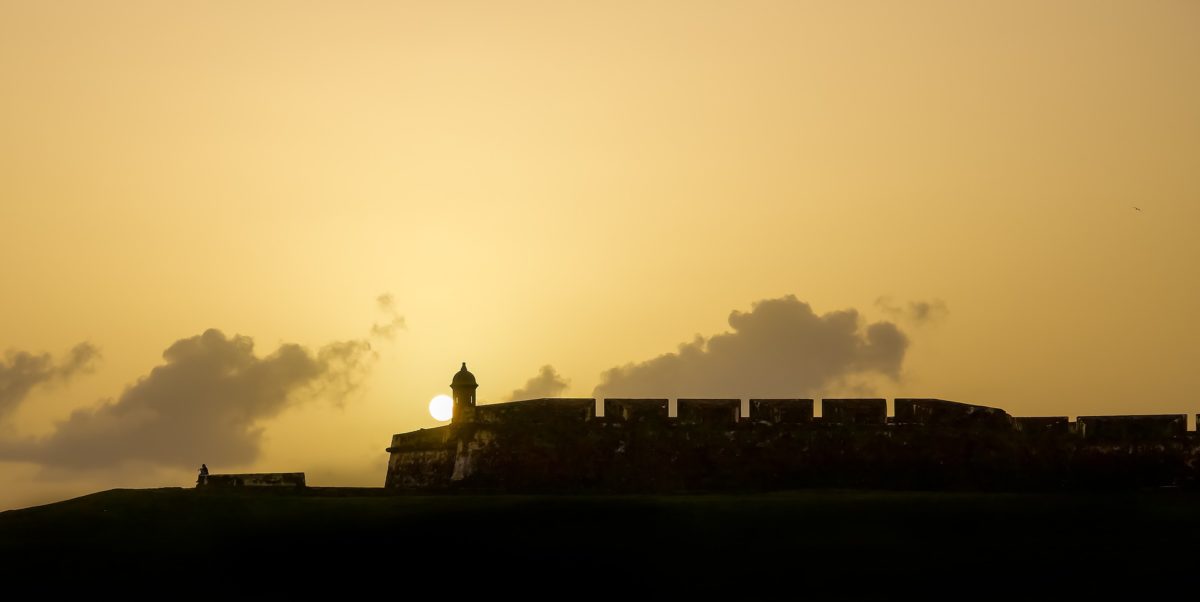From pv magazine USA
Six US national laboratories have described in a report how Puerto Rico could reach 40% renewable electricity by 2025, as mandated by Puerto Rico's Energy Public Policy Act, known as Act 17).
The US territory could reach 36% renewables by 2025 if 3.75 GW of utility-scale solar and 1.5 GW of storage were constructed and interconnected, which would fit a procurement mandate ordered for the local utility PREPA. It could happen as soon as year-end 2025, which would be “very rapid deployment,” the national laboratories said in a report.
To reach 40% would require an additional “hundreds of megawatts” of renewable generation, the report said, assuming a capacity factor of 20% for the initial 3.75 GW of solar.
So far, delays at multiple stages have slowed six tranches of planned renewables procurements that the Puerto Rico Energy Bureau mandated PREPA to undertake in an August 2020 order.
While the Energy Bureau’s order guided PREPA to issue requests for proposals for the first five procurements by year-end 2022, only two RFPs have been issued so far.
In the first procurement, PREPA required all bidders to submit a “best and final offer” not once, but four times, said PJ Wilson, president of the Solar and Energy Storage Association of Puerto Rico. Then PREPA ultimately told bidders they had to bid a specific price of about 10.5 cents/kWh, Wilson said, adding “the whole process was unusual, drawn-out, unclear, and painful.” The Energy Bureau has hired the consulting firm Accion Group to oversee the second procurement, “and presumably” future procurements, Wilson said.
Another hurdle is that solar and storage projects approved by PREPA must also be approved by the Financial Oversight and Management Board (FOMB), a body created by a 2016 US law.
After solar projects in the first procurement earn all required approvals, there is a final step known as a “closing date.” Wilson said his understanding is that closing dates are scheduled separately for all projects and spread out over several months, and that “until the final closing contracts are signed, developers could still back out.”
As a result, the first procurement has not yet resulted in any signed contracts with the developers of 845 MW of solar projects, Wilson said. Two energy storage projects for that procurement, totaling 220 MW/880 MWh, are awaiting approval from the FOMB, he added.
For the second procurement, although no information on bids has been posted online, Wilson said “we’re hearing informally” that more than 40 bids totaling 1,800 MW of projects had been submitted.
As for the third procurement, for which the Energy Bureau had guided PREPA to issue an RFP in December 2021, the Accion Group has not yet announced when the RFP will be issued, Wilson said.
Although Puerto Rico’s Act 17 mandated that PREPA reach 20% renewables by 2022, renewables provided 3% of generation in 2022, said Marisol Bonnet, team lead for the US Department of Energy’s Puerto Rico Energy Recovery Team, during a webinar describing the report by the six national laboratories.
More key findings
Accelerated near-term deployment of utility-scale solar, land-based wind, and storage will reduce system investment and operational costs, the report said, and by 2025 these resources will cost less than just the operating costs of fossil-fueled generators. That assessment does not yet consider incentives under the US Inflation Reduction Act, which the study team will incorporate as it prepares a final study this year.
Rapid deployment of both fossil-fired and renewable generation could lead to “significant stranded assets,” cautioned the report, if distributed generation such as rooftop solar and storage eventually dominates Puerto Rico’s energy supply.
Puerto Rico could increase energy reliability and resilience to hurricanes, the report advised, with both rooftop solar plus storage, and virtual power plants that aggregate storage.
Asked on the webinar how the Federal Emergency Management Agency’s work is addressing generation shortfalls in Puerto Rico while transitioning to renewable resources, FEMA Administrator Deanne Criswell said that “any of the generation work that FEMA adds to the system is strictly temporary, to allow emergency repairs to be made to the current system.” A nonprofit group has filed a lawsuit against FEMA under the Freedom of Information Act to disclose its funding for renewable versus fossil generation.
Wilson, whose group in Puerto Rico is a participant in the “PR100” initiative that produced the report, said the initiative is a “space for all stakeholders to join minds to define the technical pathways” for the island to reach 100% renewable electricity by 2050—the final mandate of Puerto Rico’s Act 17. The PR100 process, he said, also “encourages federal funding to align with Puerto Rico energy policy, local resilience needs and industry best practices.”
This content is protected by copyright and may not be reused. If you want to cooperate with us and would like to reuse some of our content, please contact: editors@pv-magazine.com.



3 comments
By submitting this form you agree to pv magazine using your data for the purposes of publishing your comment.
Your personal data will only be disclosed or otherwise transmitted to third parties for the purposes of spam filtering or if this is necessary for technical maintenance of the website. Any other transfer to third parties will not take place unless this is justified on the basis of applicable data protection regulations or if pv magazine is legally obliged to do so.
You may revoke this consent at any time with effect for the future, in which case your personal data will be deleted immediately. Otherwise, your data will be deleted if pv magazine has processed your request or the purpose of data storage is fulfilled.
Further information on data privacy can be found in our Data Protection Policy.